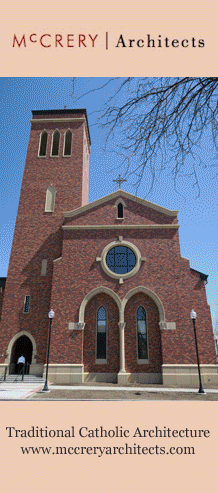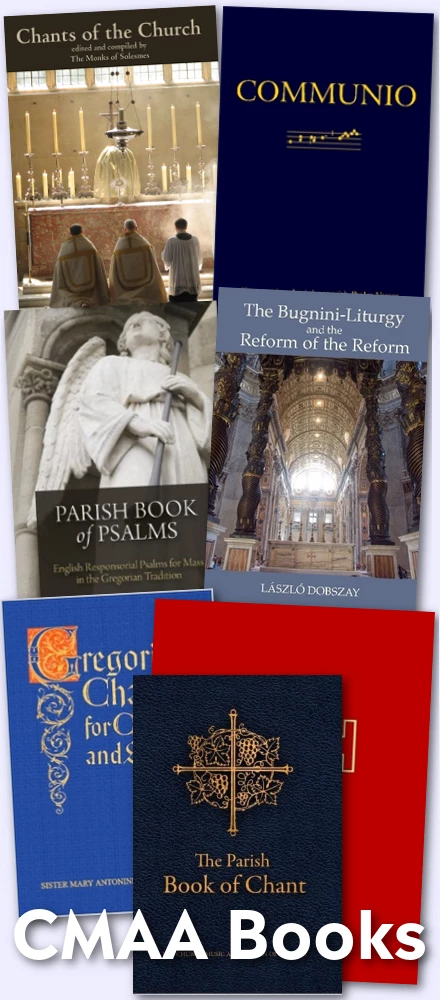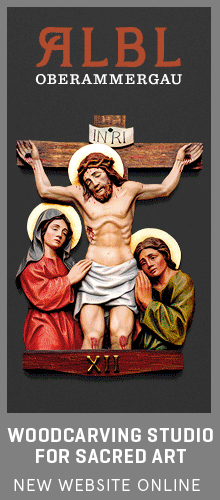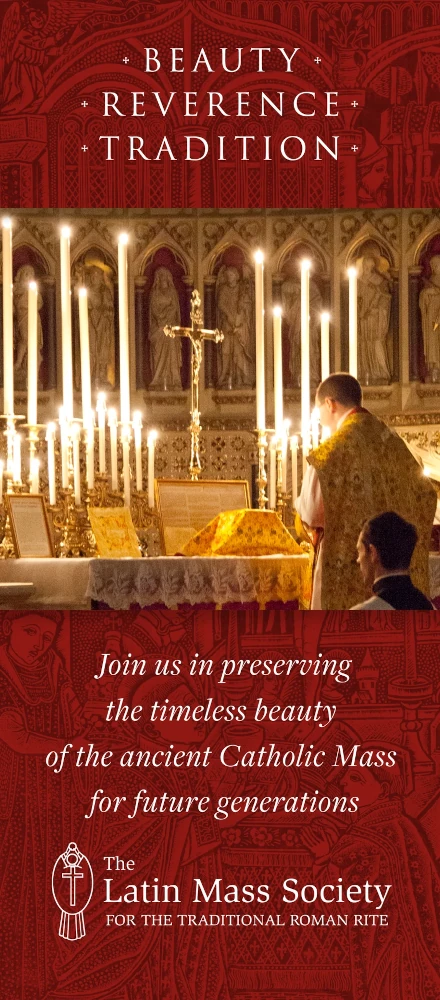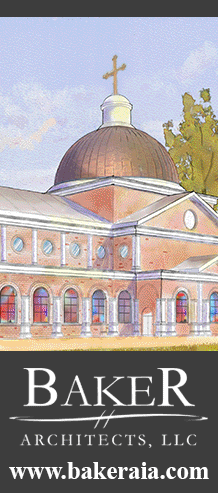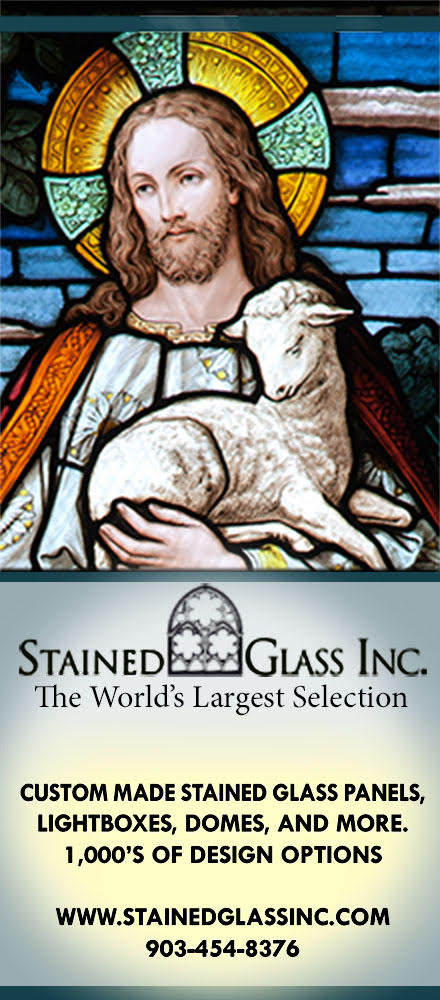Libreria Editrice Vaticana has published a book, Dominus Est by Bishop Athanasius Schneider, where that Bishop analyzes the question of communion recieved kneeling and on the tongue.
Archbishop Malcolm Ranjith has written the foreward to this book, which the NLM is happy to present an unofficial translation here to follow. (Many thanks to a good friend of the NLM for providing the link to this, which came originally through, Associazione Luci sull'Est.
Without further ado, the foreword of Msgr. Ranjith, Secretary to the CDW:
In the Book of Revelation, St. John tells how he had seen and heard what was revealed and prostrated [himself] in adoration at the foot of the angel of God (cf. Rev 22, 8). Prostrating, or getting down one one's knees before the majesty of the presence of God in humble adoration, was a habit of reverence that Israel brought constantly to the presence of the Lord. It says the first book of Kings, "when Solomon had finished putting this prayer to the Lord and this plea, he stood up before the altar of the Lord, where he was kneeling, with palms stretched heavenward, and blessed the whole assembly of Israel "(1 King 8, 54-55). The position of supplication of the King is clear: He was kneeling in front of the altar.
The same tradition is also visible in the New Testament where we see Peter get on his knees before Jesus (cf. Lk 5, 8); when Jairus asked him to heal her daughter (Luke 8, 41), when the Samaritan returned to thank him, and when Mary the sister of Lazarus asked for the life of her brother (John 11, 32). The same attitude of prostration before the revelation of the divine presence and is generally known in the Book of Revelation (Rev. 5, 8, 14 and 19, 4).
Closely linked to this tradition was the conviction that the Holy Temple in Jerusalem was the dwelling place of God and therefore, in the temple it was necessary to prepare one's disposition by corporal expression, a deep sense of humility and reverence in the presence of the Lord.
Even in the Church, the deep conviction that in the Eucharistic species the Lord is truly and really present, along with the growing practice of preserving the Holy Sacrament in tabernacles, contributed to practice of kneeling in an attitude of humble adoration of the Lord in the Eucharist.
[...]
...faith in the Real Presence of Christ in the Eucharistic species already belonged to the essence of the faith of the Catholic Church and was an intrinsic part of Catholicism. It was clear that we could not build up the Church if that faith was minimally affected.
Therefore, the Eucharist, bread transubstantiated in Body of Christ and wine into the Blood of Christ, God among us, is to be greeted with wonder, reverence and an immense attitude of humble adoration. Pope Benedict XVI... points out that "receiving the Eucharist means adoring him whom we receive [...] only in adoration can a profound and genuine reception mature."(Sacramentum Caritatis 66).
Following this tradition, it is clear that it became coherent and indispensable to take actions and attitudes of the body and spirit which makes it easier to [enter into] silence, recollection, and the humble acceptance of our poverty in the face of the infinite greatness and holiness of the One who comes to meet us in the Eucharistic species. The best way to express our sense of reverence to the Lord in Mass is to follow the example of Peter, who as the Gospel tells us, threw himself on his knees before the Lord and said, 'Lord, depart from me, for I am a sinner " (Luke 5, 8).
As we see in some churches now, this practice is decreasing and those responsible not only require that the faithful should receive the Holy Eucharist standing, but even eliminate all kneelers forcing the faithful to sit or stand, even during the elevation and adoration of the [Sacred] Species. It is ironic that such measures have been taken in [some] dioceses by those responsible for liturgy, or in churches, by pastors, without even the smallest amount of consultation of the faithful, even though today, more than ever, there is an environment desiring democracy in the Church.
At the same time, speaking of communion in the hand, it must be recognized that the practice was improperly and quickly introduced in some quarters of the Church shortly after the Council, changing the age-old practice and becoming regular practice for the whole Church. They justified the change saying that it better reflected the Gospel or the ancient practice of the Church... Some, to justify this practice referred to the words of Jesus: "Take and eat" (Mk 14, 22; Mt 26, 26).
Whatever the reasons for this practice, we cannot ignore what is happening worldwide where this practice has been implemented. This gesture has contributed to a gradual weakening of the attitude of reverence towards the sacred Eucharistic species whereas the previous practice had better safeguarded that sense of reverence. There instead arose an alarming lack of recollection and a general spirit of carelessness. We see communicants who often return to their seats as if nothing extraordinary has happened... In many cases, one cannot discern that sense of seriousness and inner silence that must signal the presence of God in the soul.
Then there are those who take away the sacred species to keep them as souvenirs, those who sell, or worse yet, who take them away to desecrate it in Satanic rituals. Even in large concelebrations, also in Rome, several times the sacred species has been found thrown onto the ground.
This situation not only leads us to reflect upon a serious loss of faith, but also on outrageous offenses...
The Pope speaks of the need not only to understand the true and deep meaning of the Eucharist, but also to celebrate it with dignity and reverence. He says that we must be aware of "gestures and posture, such as kneeling during the central moments of the Eucharistic Prayer." (Sacramentum Caritatis, 65). Also, speaking about the reception of the Holy Communion he invites everyone to "make every effort to ensure that this simple act preserves its importance as a personal encounter with the Lord Jesus Christ in the sacrament." (Sacramentum Caritatis, 50).
In this vein, the book written by Bishop Athanasius Schneider, Auxiliary Bishop of Karaganda in Kazakhstan entitled Dominus Est is significant and appreciated. He wants to make a contribution to the current debate on the real and substantial presence of Christ in the consecrated species of bread and wine... from his experience, which aroused in him a deep faith, wonder and devotion to the Lord present in the Eucharist, he presents us with a historical-theological [consideration] clarifying how the practice of receiving Holy Communion on the tonue and kneeling has been accepted and practiced in the Church for a long period of time.
Now I think it is high time to review and re-evaluate such good practices and, if necessary, to abandon the current practice that was not called for by Sacrosanctum Concilium, nor by Fathers, but was only accepted after its illegitimate introduction in some countries. Now, more than ever, we must help the faithful to renew a deep faith in the Real Presence of Christ in the Eucharistic species in order to strengthen the life of the Church and defend it in the midst of dangerous distortions of the faith that this situation continues to cause.
The reasons for this move must be not so much academic but pastoral - spiritual as well as liturgical - in short, what builds better faith. Mons. Msgr. Schneider in this sense shows a commendable courage because he has been able to grasp the true meaning of the words of St. Paul: "but everything should be done for building up" (1 Cor 14, 26).
MALCOLM RANJITH
Secretary of the Congregation for Divine Worship
Sunday, January 27, 2008
Ranjith on Kneeling for Communion during the liturgy and Communion on the Tongue
Shawn TribeMore recent articles:
The Gospel of Nicodemus in the Liturgy of EastertideGregory DiPippo
By “the Gospel of Nicodemus”, I mean not the apocryphal gospel of that title, but the passage of St John’s Gospel in which Christ speaks to Nicodemus, chapter 3, verses 1-21. This passage has an interesting and complex history among the readings of the Easter season. For liturgical use, the Roman Rite divides it into two parts, the second of which...
“The Angel Cried Out” - The Byzantine Easter Hymn to the Virgin MaryGregory DiPippo
In the Byzantine Divine Liturgy, there are several places where the priest sings a part of the anaphora out loud, and the choir makes a response, while he continues the anaphora silently. In the liturgy of St John Chrysostom, which is by far the more commonly used of the two anaphoras, the priest commemorates the Saints after the consecration and ...
The LavaboMichael P. Foley
Lost in Translation #124 After the incensation, the priest goes to the Epistle side and washes his hands, reciting Psalm 25, 6-12: Lavábo inter innocentes manus meas: et circúmdabo altáre tuum, Dómine.Ut audiam vocem laudis: et enarrem universa mirabilia tua.Dómine, dilexi decórem domus tuae: et locum habitatiónis gloriae tuae.Ne perdas cum impii...
Spinello Aretino’s Altar of Ss Philip and JamesGregory DiPippo
At the very end of the 14th century, the painter Spinello di Luca Spinelli (1350 ca. - 1410 ca.), usually known as Spinello Aretino (from Arezzo) was commissioned to make a frescoed altarpiece for the Dominican church of his native city. The altar itself no longer exists; it was dedicated to the Apostles Philip and James, whose feast is traditional...
A Medieval Hymn for EastertideGregory DiPippo
Many medieval breviaries, including those of the Sarum Use, the Cistercians, Carmelites and Premonstratensians, have a hymn for the Easter season which is not found in the Roman Breviary, Chorus novae Jerusalem by St Fulbert, bishop of Chartres, who died in 1029. The original version of the Latin text, and the English translation of John Maso...
Two Upcoming Events from the Durandus InstituteGregory DiPippo
Our friend James Griffin of The Durandus Institute for Sacred Liturgy and Music wishes all our readers a joyous Easter season, by presenting two opportunities, at least for those in southeast Pennsylvania, to celebrate.First, this coming Sunday at 5pm, there will be a solemn Vespers in the traditional Latin rite for the Second Sunday after Easter a...
Letter to a Maximalist Music Director in a Minimalist WorldPeter Kwasniewski
Auguste Danse, Study of Three Singers (detail)The following is based on a real letter.Dear Friend,I’m sorry to hear that you’re experiencing some “ups and downs” with regard to the liturgy there, though it’s hardly surprising in a way. Your diocese is not well known for liturgical propriety or taste, and, beyond that, priests mostly have control ov...
The Tomb of St Peter Martyr in Milan’s Portinari ChapelGregory DiPippo
Here are some great photos from our Ambrosian correspondent Nicola de’ Grandi of the Portinari Chapel at the Basilica of St Eustorgio in Milan. They were taken during a special night-time opening made possible by a new lighting system; as one might well imagine, the Italians are extraordinarily good at this sort of thing, and more and more museum...
Recommended Art History and Artistic Practice Text Books for Homeschoolers... and Everyone Else Too!David Clayton
I want to recommend the Catholic Heritage Currricula texts books to all who are looking for materials for courses in art history, art theory and artistic practice at the middle-school or high-school level. These books present a curriculum that combines art history, art theory, and a theory of culture in a Catholic way. Furthermore, they provide the...
Launching “Theological Classics”: Newman on the Virgin Mary, St Vincent on Novelty & Heresy, Guardini on Sacred SignsPeter Kwasniewski
At a time of turmoil, nothing could be better or more important than rooting ourselves more deeply in the Catholic tradition. One of my favorite quotations is by St. Prosper of Aquitaine (390-455), writing in his own age of chaos: “Even if the wounds of this shattered world enmesh you, and the sea in turmoil bears you along in but one surviving shi...


